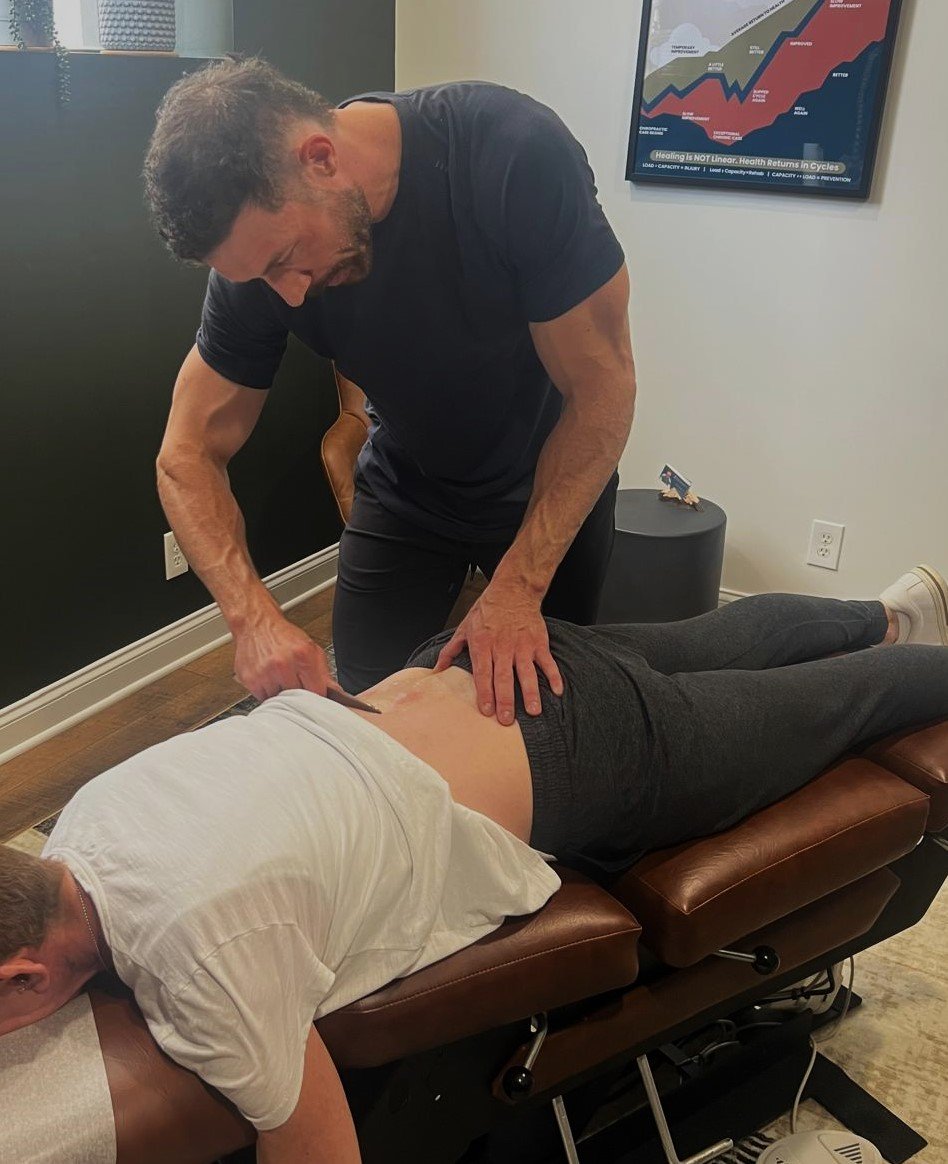
Instrument Assisted Soft Tissue Manipulation (IASTM)
Scrape. Stimulate. Rebuild.
The IASTM Edge: Precision Tissue Remodeling
IASTM (Instrument-Assisted Soft Tissue Mobilization) is more than scraping skin with fancy metal tools. It’s a targeted, mechanical, and neurological intervention that disrupts scar tissue, stimulates healing, and resets the body’s biotensegrity balance. Those sleek stainless-steel instruments allow practitioners to detect and treat tissue adhesions, fibrosis, and dysfunctional fascial layers with incredible precision—far deeper and more accurately than fingers alone. But the real magic happens inside your nervous system.
How IASTM Works Mechanically and Neurologically
Mechanically, IASTM applies controlled shear forces through the skin into fascia, muscle, and connective tissue. This mechanical stimulation:
Breaks down disorganized collagen cross-links
Releases fascial adhesions
Improves local circulation
Frees up layers of tissue to glide again
Neurologically, IASTM is a high-powered sensory input. It bombards your nervous system with proprioceptive signals that:
Inhibit pain pathways (via gate control theory)
Reduce protective muscle guarding
Retrain how your brain perceives and moves your tissues
Basically, it sends a wake-up call to your nervous system: “This area is safe. Move it. Heal it.”
Your body is a living tensegrity structure—an interconnected web of bones, fascia, muscles, and nerves. When injury, overload, or postural strain happens, fascial adhesions lock down movement and throw your tensegrity system out of balance. IASTM releases these myofascial roadblocks, allowing your body’s tensegrity architecture to distribute forces smoothly instead of bottlenecking stress into pain hotspots. That’s why people often feel lighter, looser, and instantly more mobile after treatment.
IASTM accelerates recovery by:
Mechanically disrupting scar tissue and adhesions
Stimulating fibroblast cells to lay down new, healthy collagen
Improving circulation for faster nutrient delivery and waste removal
Calming nervous system hypersensitivity that fuels chronic pain
Helping muscles and fascia slide and glide as they’re meant to
The result? Less pain. Faster healing. And a body that moves the way it was designed.
Studies report significant improvements in range of motion, pain scores, and function—often in fewer visits than traditional manual therapy alone.
High success in treating:
Chronic tendon issues (tendinopathy)
Muscle strains
Scar tissue after surgery
Plantar fasciitis
IT band syndrome
Myofascial pain syndromes
Athletes, weekend warriors, and anyone tired of chronic pain are discovering how IASTM takes rehab—and performance—to the next level.

